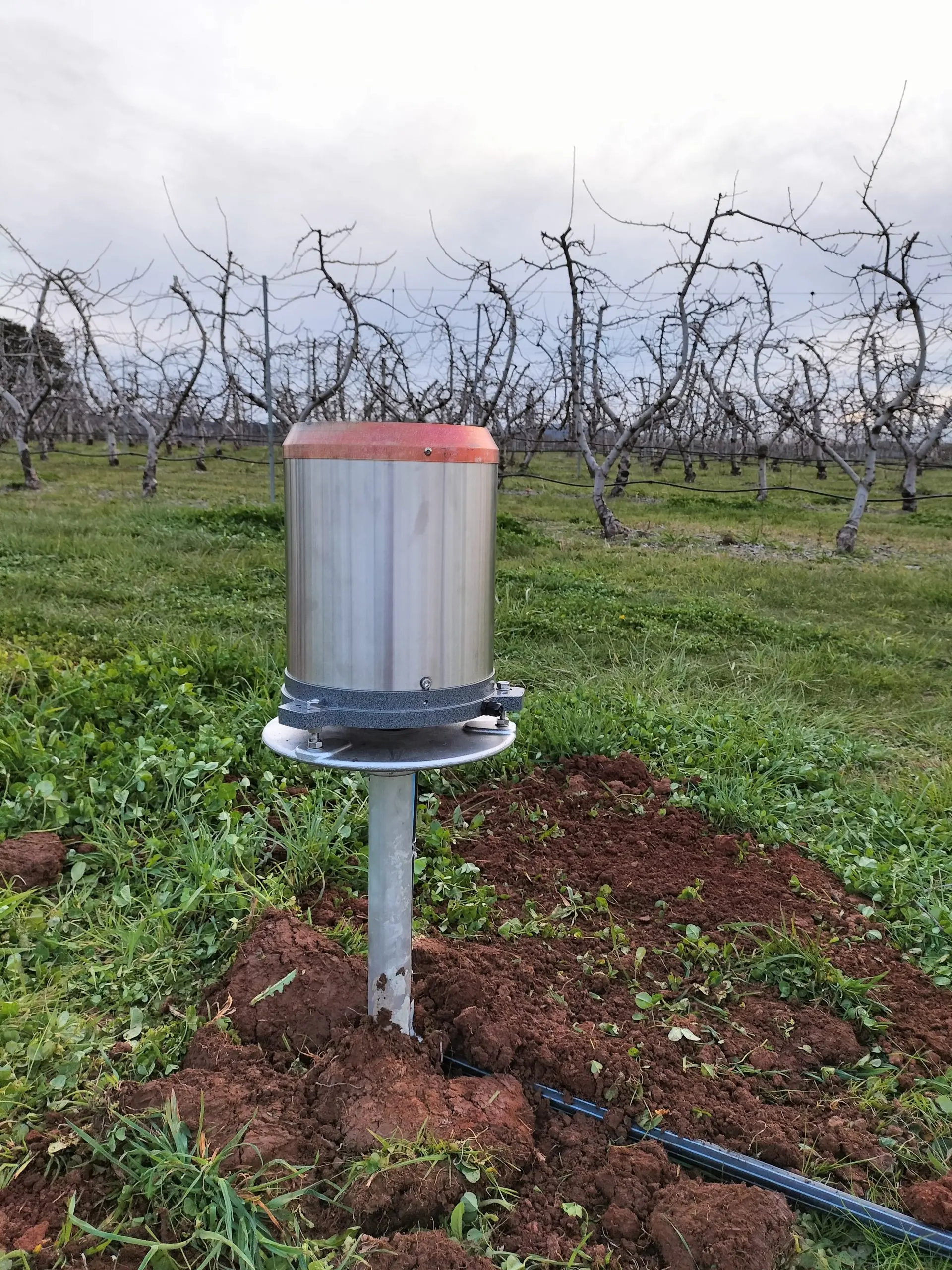How to Pick the Right Rain Gauge for Reliable Rainfall Tracking
How to Pick the Right Rain Gauge for Reliable Rainfall Tracking
Blog Article
Introducing the Science Behind Rain Assesses: Just How These Instruments Play an Important Function in Climate Research and Environmental Surveillance
Rain gauges, seemingly straightforward tools, hold an extensive value in the world of climate research and environmental tracking. These plain instruments silently collect among nature's most necessary elements-- rains. Yet, behind their plain facade lies a complex science that is crucial for comprehending the dynamics of our atmosphere. As we peel off back the layers of this clinical veil surrounding rain evaluates, we discover a globe where precision, data precision, and careful observation merge to unveil a much deeper understanding of our transforming climate and its effect on the world.
Relevance of Rain Gauges
Rainfall assesses play a vital role in tracking and measuring precipitation levels, providing necessary data for climate study and analysis. These tools are fundamental in evaluating the amount of rainfall that takes place in a certain location over a certain period. By measuring and gathering rainwater, rainfall evaluates deal important understandings into the circulation and intensity of precipitation, helping meteorologists, hydrologists, and climatologists in understanding weather condition patterns and fads.
In addition, long-term information gathered from rainfall assesses assists in assessing climate adjustment influences and patterns, adding significantly to clinical research and decision-making procedures. In essence, rain assesses serve as essential devices in the field of weather forecasting and environmental science, playing a vital function in progressing our understanding of climate and climate characteristics.
Kinds Of Rainfall Scales

Performance and Procedure
In the world of environment research study and meteorological research studies, the effectiveness of rainfall gauges hinge on their elaborate performance and accurate operational systems. Rain determines are created to properly measure the quantity of precipitation that tips over a details area throughout a collection period. These devices usually include a channel that gathers rainwater and channels it into a measuring tube. The gauging tube is marked with adjusted measurements that enable the accurate quantification of rains.
The performance of rain gauges is based upon the principle of accumulating and gauging rainwater in a standard way. This gathered information is crucial for recognizing neighborhood climate patterns, tracking long-term climate fads, and examining environmental effects. To make browse around here certain accurate dimensions, rain gauges requirement to be strategically placed in open locations far from blockages such as buildings or trees that could interfere with the collection procedure.
The functional facet of rain gauges includes regular upkeep to avoid debris accumulation, calibration checks to keep measurement precision, and data recording for evaluation (rain gauge). On the whole, the performance and operation of rain evaluates are crucial for gathering dependable precipitation information important to climate research study and environmental surveillance
Function in Climate Research
Given the essential importance of precise precipitation measurements in understanding weather condition patterns and ecological influences, the role of rain evaluates in climate research study is important. Rainfall assesses give necessary data for climate research by measuring the amount of precipitation that falls over a specific area during a given duration. This information is critical for keeping track of long-lasting fads in rainfall patterns, examining the effect of climate change on rains circulation, and improving environment models.

Environment scientists utilize information accumulated from rainfall determines to analyze variants in rainfall levels, determine regional environment fads, and examine the performance of water resource monitoring techniques. By comparing historic rainfall information with present dimensions, researchers can discover changes in rainfall patterns, such as changes in the regularity or strength of rains events. This details is vital for comprehending exactly how environment change is affecting check my site precipitation dynamics and can help policymakers make informed choices regarding adaptation and reduction techniques.
Applications in Ecological Monitoring

In flood forecasting, rainfall scale information aids to track rainfall strength and circulation, allowing authorities to provide timely warnings and find out here now take required actions to reduce flooding dangers (rain gauge). Dry spell monitoring depends on rainfall scale information to evaluate wetness degrees in the soil and track precipitation deficits, assisting in the recognition of drought-prone locations and the application of drought action approaches
Furthermore, rainfall scale information plays an essential function in water resource management by providing details on water accessibility and use patterns. In addition, in farming, rainfall gauge data assists farmers in enhancing irrigation schedules, crop choice, and total ranch monitoring methods based on local rainfall patterns.
Verdict
To conclude, rain gauges are vital devices for gauging rainfall, supplying beneficial information for environment research study and environmental monitoring. With different kinds and capabilities, rainfall assesses play a vital function in comprehending precipitation patterns and their influence on the setting. By accurately measuring rains, these tools add to the improvement of scientific knowledge and assistance in making notified decisions pertaining to water resource administration and catastrophe readiness.
Rainfall evaluates play a crucial duty in tracking and gauging precipitation levels, offering essential data for environment study and evaluation. The basic rainfall gauge, understood as the "tipping bucket" scale, is one of the most frequently utilized tools. Ultrasonic rainfall determines use noise waves to find the existence of rainfall, providing real-time data on rainfall levels.Environment researchers make use of data collected from rainfall evaluates to examine variations in precipitation degrees, determine regional environment fads, and assess the effectiveness of water source administration techniques.In verdict, rain evaluates are essential devices for gauging precipitation, supplying important information for climate research study and environmental surveillance.
Report this page